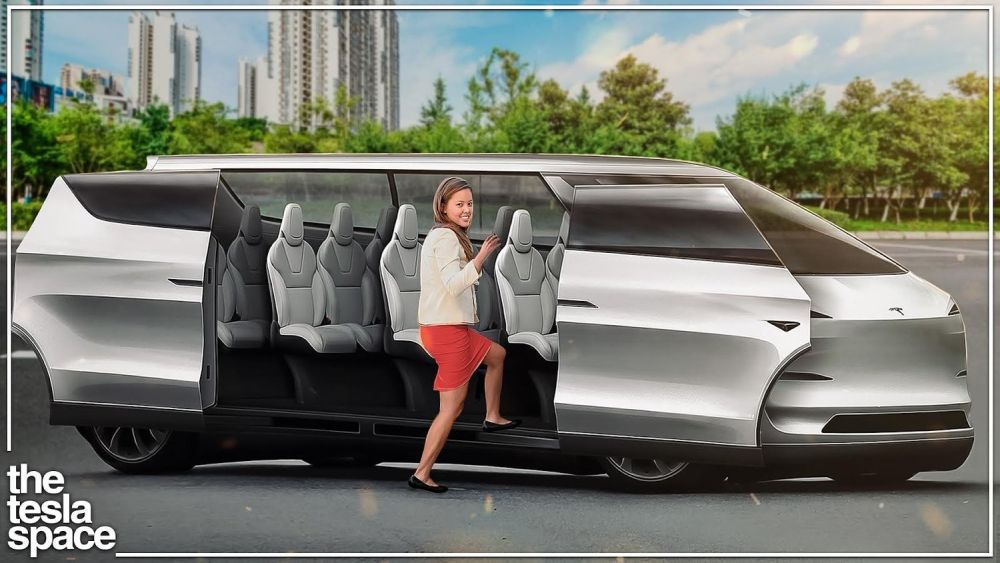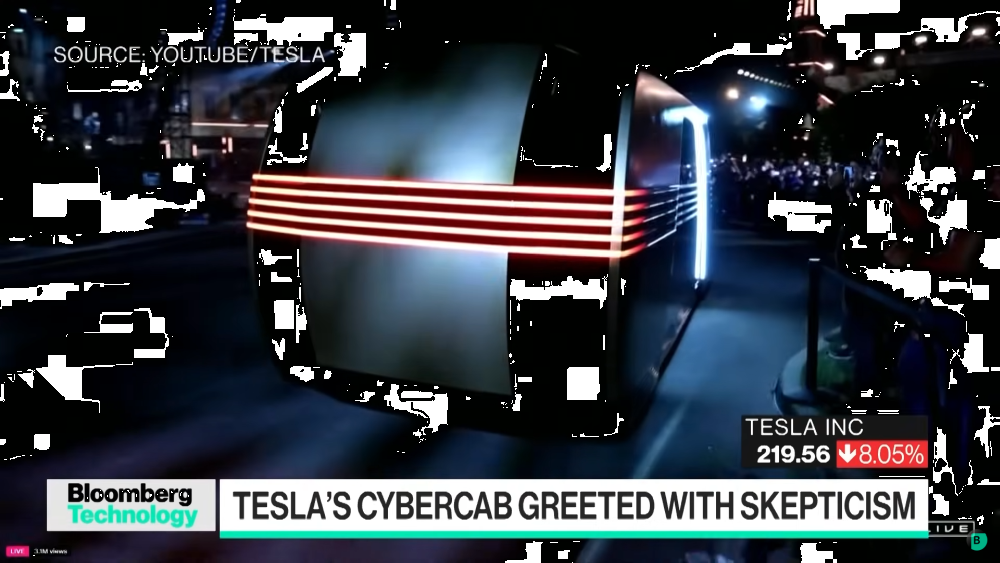Tesla has unveiled its highly anticipated Cybercab robotaxi at the “We, Robot” event, held at Warner Bros. Discovery studio. The Cybercab, a smaller version of the Cybertruck, boasts a futuristic design with automatic suicide doors and lacks traditional steering wheels and pedals. Tesla revealed 20 of these autonomous vehicles, marking a substantial step forward in the company’s goal of revolutionizing urban transportation.

Elon Musk emphasized the potential of the Cybercab to reshape ride-hailing services. Tesla’s two-pronged business model includes the operation of its own robotaxi fleet alongside a platform where Tesla owners can list their vehicles, creating new revenue opportunities. This model not only highlights Musk’s ambitious vision but also suggests a future where individual car ownership could integrate seamlessly with ride-hailing systems like Uber or Airbnb.

Despite the fanfare surrounding the unveiling, the Cybercab faces significant regulatory hurdles. Current federal safety laws require vehicles to have manual controls such as steering wheels and pedals. Tesla must address these challenges, along with the ongoing scrutiny surrounding its Autopilot and Full Self-Driving systems. These technologies have been linked to accidents and investigations, raising questions about the safety of autonomous vehicles in real-world conditions.

While the Cybercab showcases Tesla’s advancements, the path to widespread deployment is far from clear. The company must not only meet regulatory standards but also gain public trust by proving the reliability of its technology. If successful, the Cybercab could lead the way in making autonomous urban transport a reality, drastically changing how we move through cities.

#Tesla #Cybercab #AutonomousVehicles #Robotaxi #UrbanTransportation #ElonMusk #SelfDrivingCars #TechInnovation #FutureOfMobility #TeslaVision
